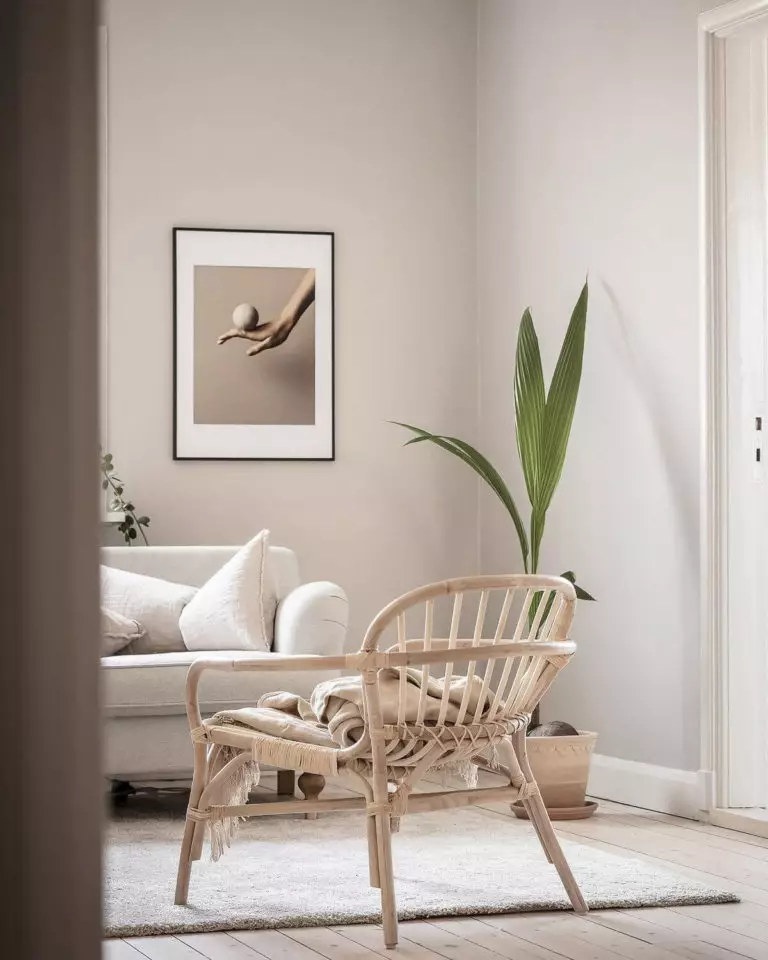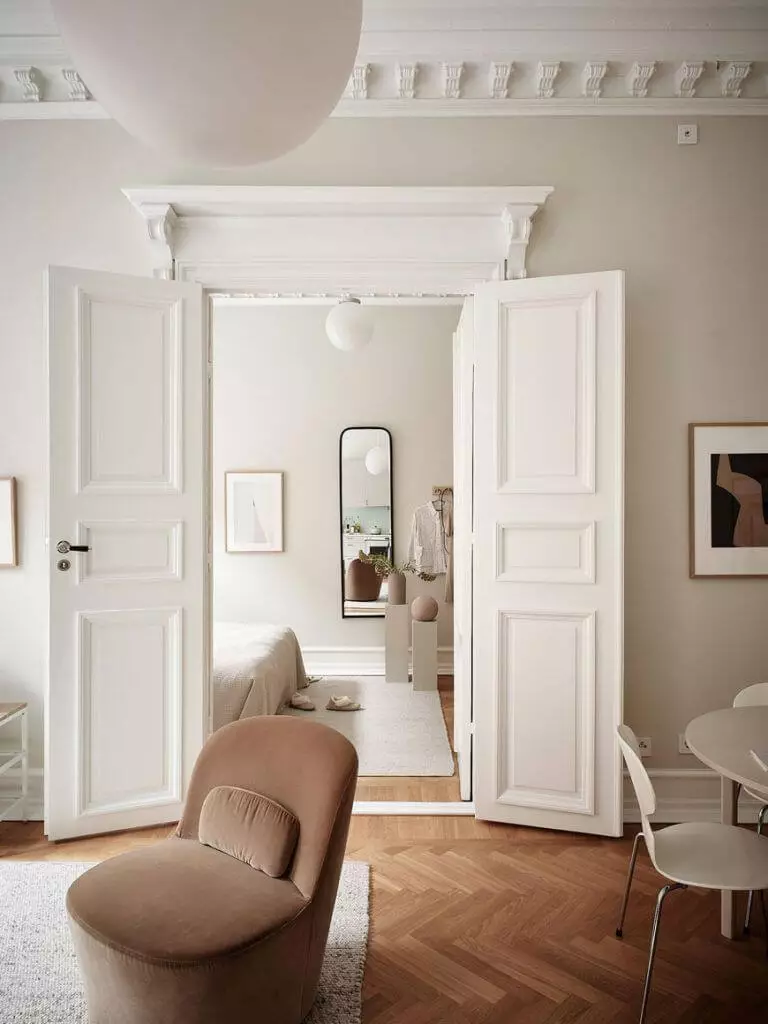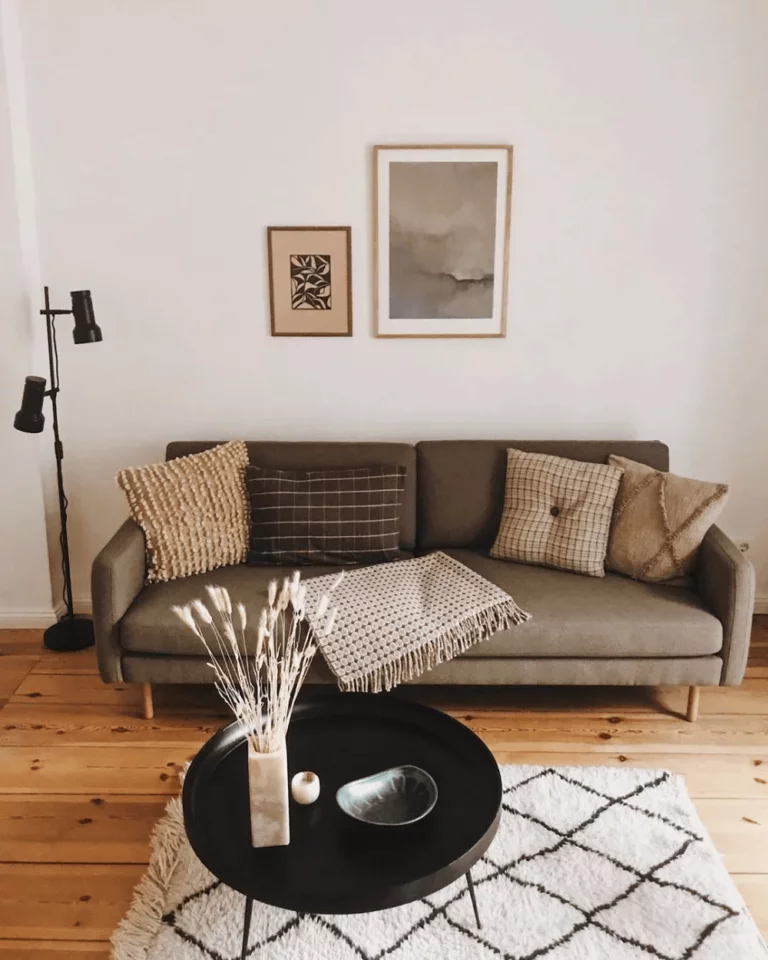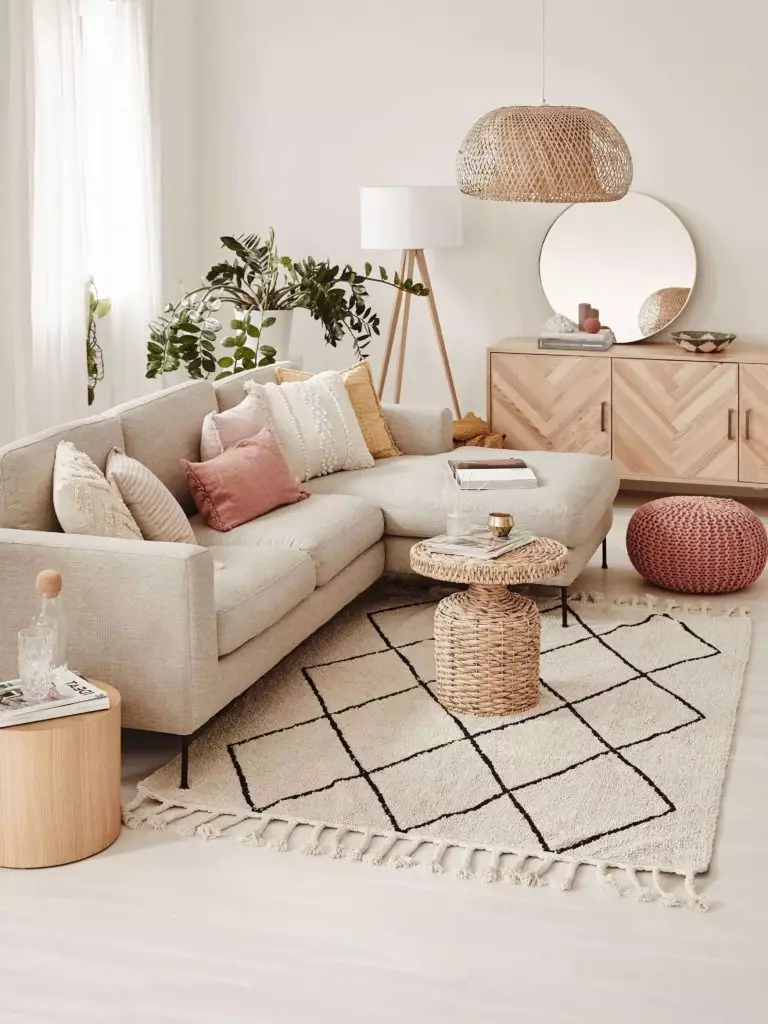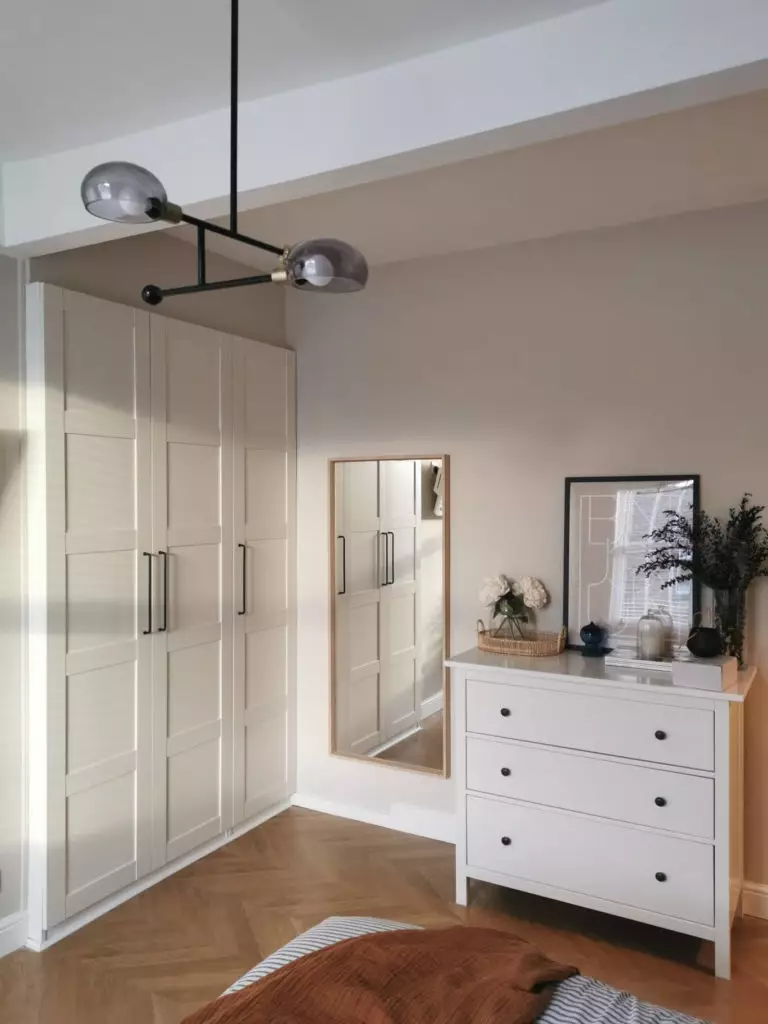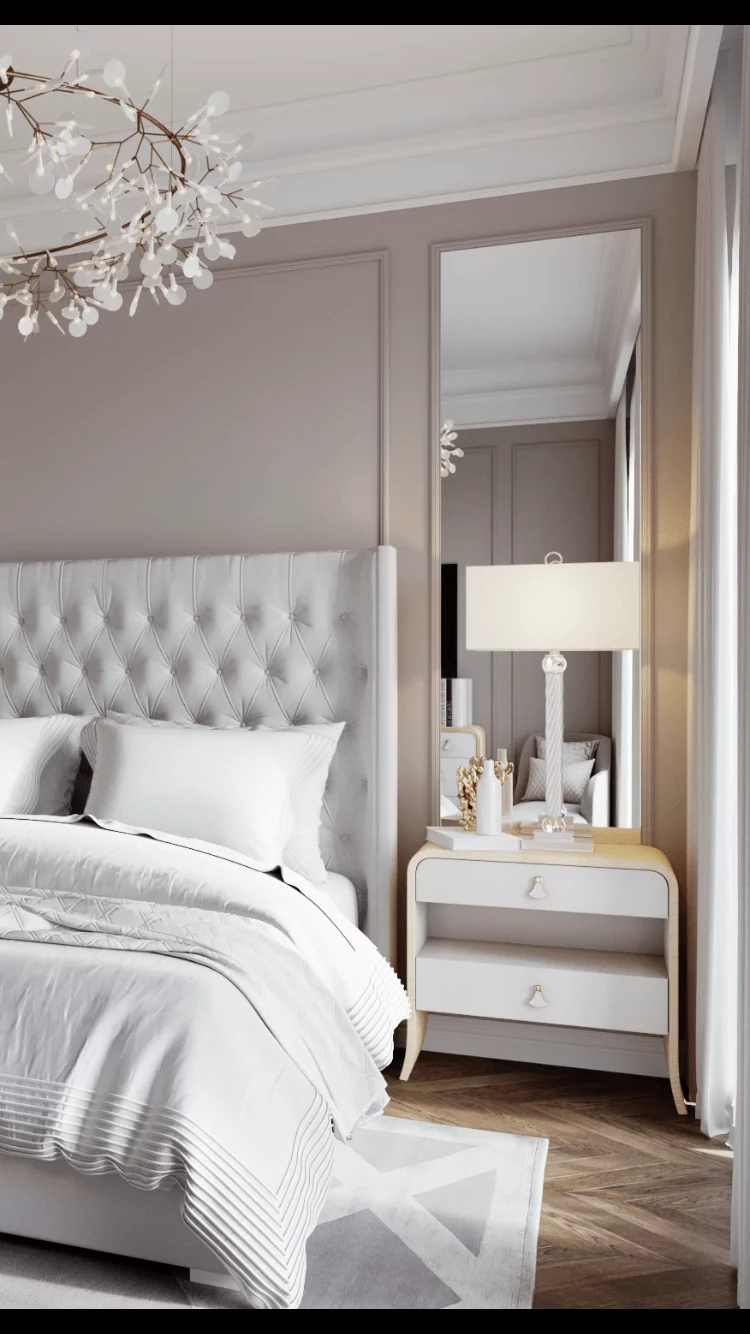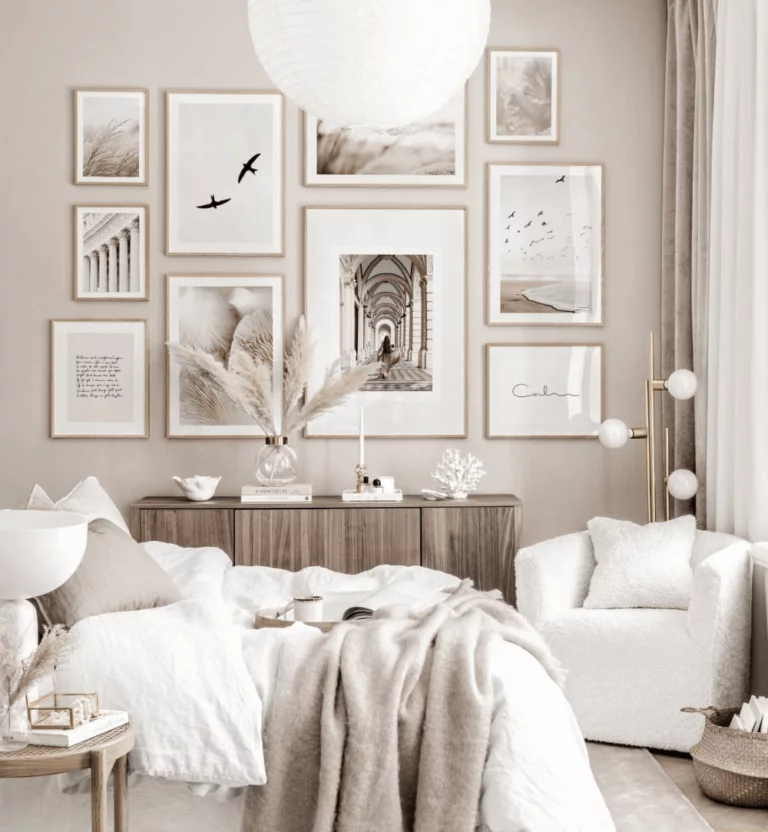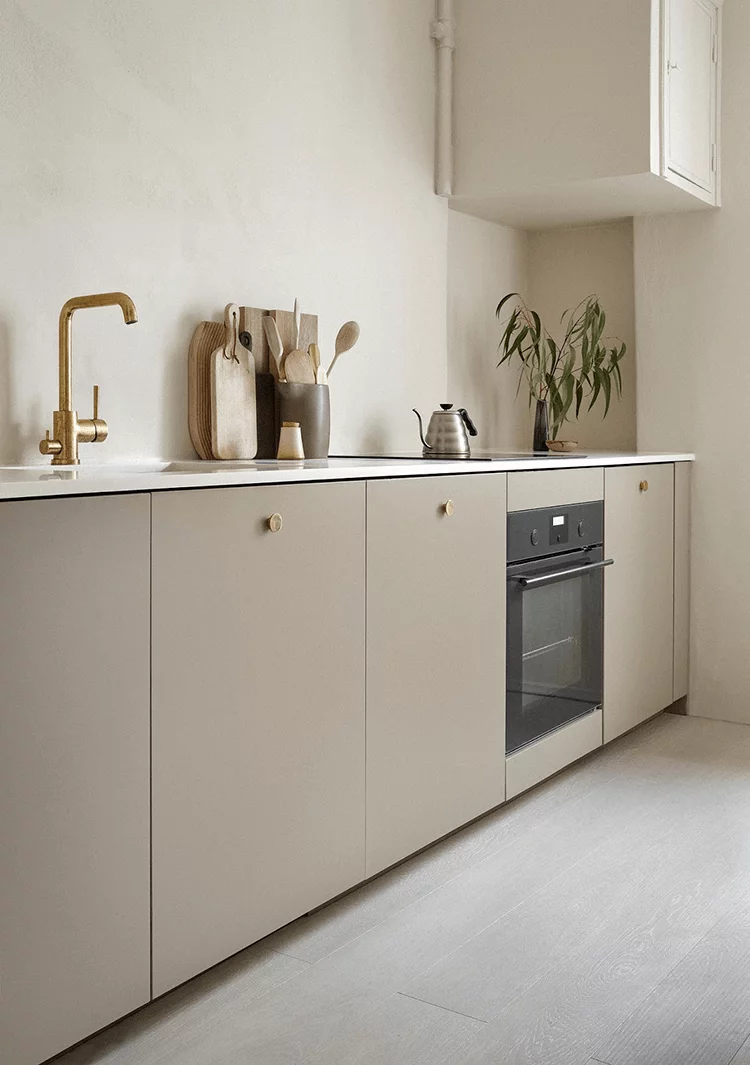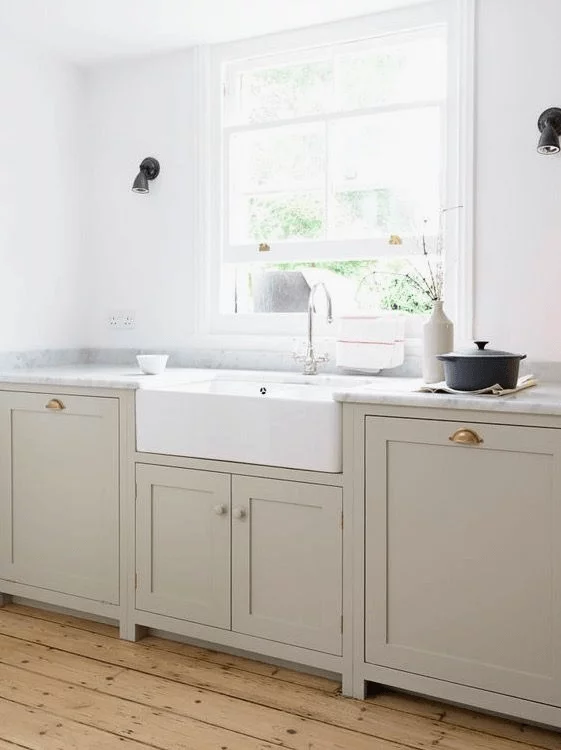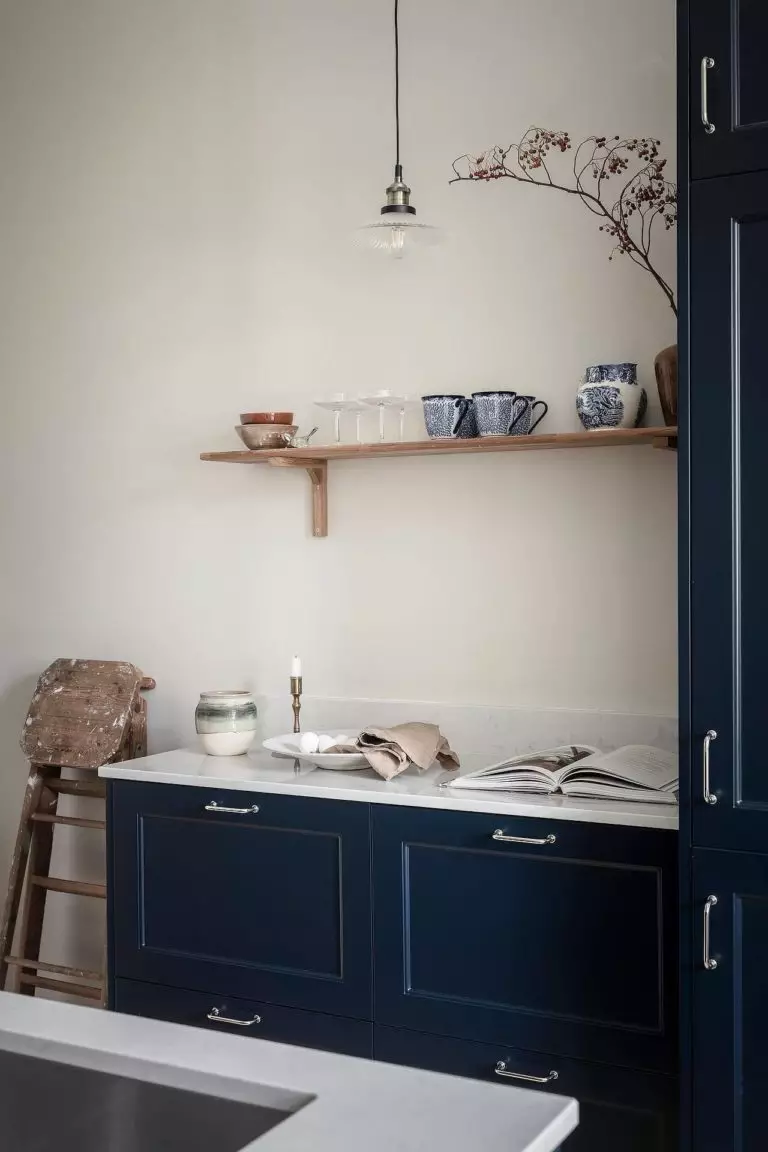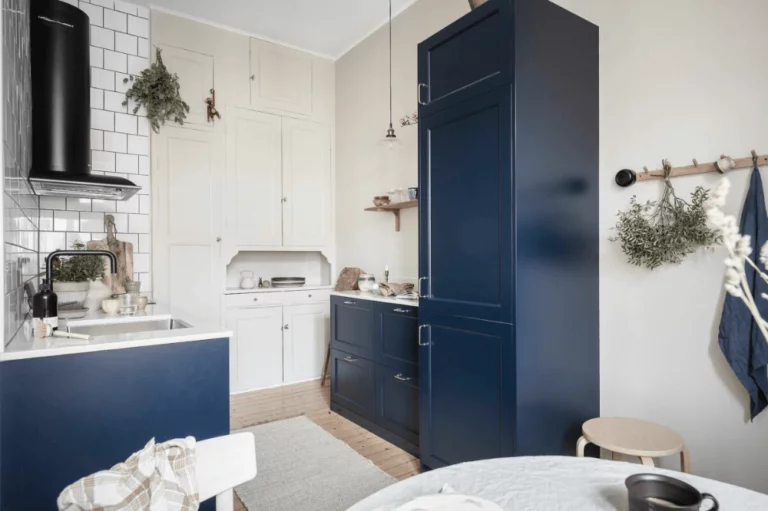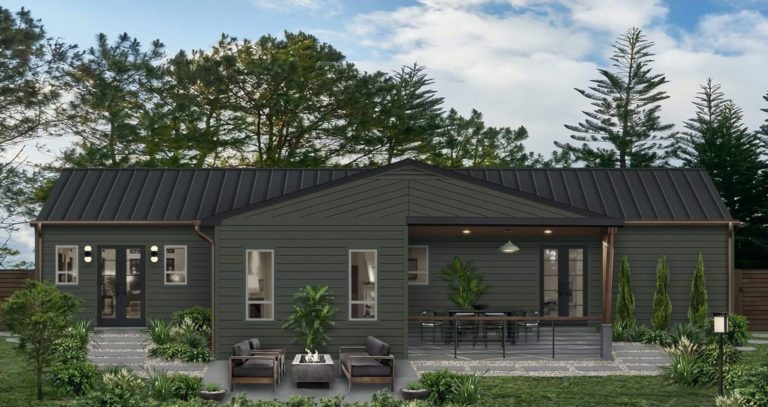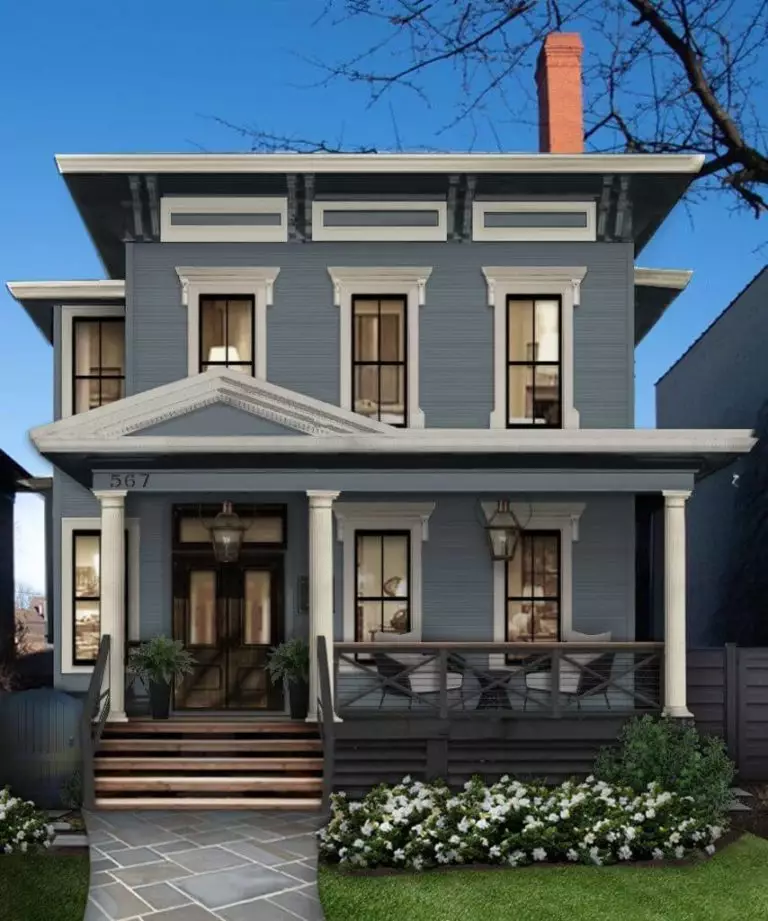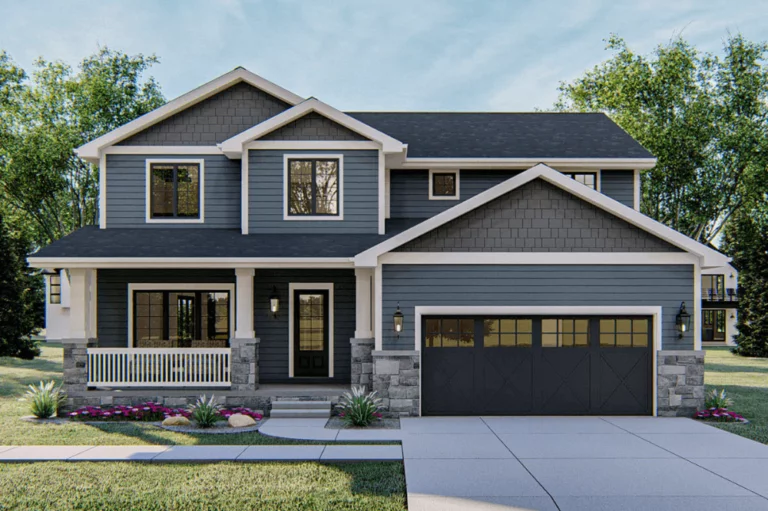Egyptian Cotton (Dulux): what color is, review, and use
The palette of beige shades is so vast that it may seem that it will never end, and designers and color experts are showing the world more and more new tones like magicians pulling a rabbit out of a hat. However, is such a variety of beige bad? Light and bright, mouth-watering creamy and noble darkened, cool and warming – each of them has its fans, use cases, and unconditional advantages.
As one of the largest paint manufacturers in the world, Dulux also boasts a vast range of beige shades that continually find their way into trendy palettes and become part of the classic collections. Today it is safe to say that some of them have gained almost worldwide recognition, and you will undoubtedly be interested to know at least a few favorites. So, let’s start with the shade 40YY 65/061, which is better known to Dulux connoisseurs as Egyptian Cotton.
Egyptian Cotton paint color features
This amazingly soft beige shade with subtle gray undertones owes its name to Egyptian cotton, an elite variety of natural fabric that has become a real attraction in Egypt. Softness and strength, surprisingly delicate texture, and at the same time excellent wear resistance has provided him with an excellent reputation for the next three centuries, and leading experts still consider him the best in the world.
This background prompted the Dulux color experts to name one of the most natural shades Egyptian Cotton. And it seems fair to us: even if you just peer into a sample of such paint, you can imagine a slight hairiness of cotton fabric and a soft and natural beige glow of a natural thread.
Egyptian Cotton: is it warm or cold?
There is no doubt that Egyptian Cotton belongs to warm tones. Even this color’s light and unobtrusive gray tones cannot distort the perception so much that you could consider it cold. If we study the technical description of the color, then we will see confirmation of these words – first of all, this will concern the value of the shade at 38 degrees with a sufficiently high lightness of 81%. However, you can do without general numbers: just peer a little longer at the surface painted in this beautiful color, and you will discover all its warming properties.
How does lighting affect Egyptian Cotton?
Suppose you are just starting to experiment with color. In that case, Dulux beige is an excellent start because it is very, very predictable under the influence of lighting and behaves exactly like the vast majority of beige shades.
If there is not enough light for it, it will seem to you a calm and even beige with gray undertones manifested – however, by no means dark since its LRV is relatively high. In sufficient artificial and natural light, it will appear before you as the same light beige from a paint sample from the manufacturer, and in very bright (especially sunny), it may appear white. However, the latter circumstance most often does not bother the owners of houses and apartments. They enjoy the positive atmosphere, and the room will seem much larger.
Egyptian Cotton LRV
The value of the light reflectance LRV for Egyptian Cotton is 65. This demonstrates the confident finding of this color in the range of soft shades, capable of absorbing and reflecting light in sufficient quantity. The more illuminated the surfaces painted with such paint, the more intensely they will reflect it and the brighter they will seem. That is why if you are inspired precisely by the calmness of beige notes with a light gray haze, you should look for optimal lighting without frills – otherwise, you risk seeing just a warm white tone.
Egyptian Cotton undertones
There are many reasons to love this light and inspiring shade of Egyptian cotton, including its poise. This beige shade is quite subdued and, at the same time, absolutely balanced, which can be seen in almost any light. At the same time, Egyptian Cotton is not devoid of airy gray tones, which feel more like a light haze rather than a confident nebula.
Similar colors
Surely no one will be surprised by the fact that beige Egyptian Cotton has many related shades. It makes sense that this palette is quite extensive, and every paint manufacturer has at least a couple of colors that are close enough to our shade from Dulux. It would be too long to list them all, so we may well limit ourselves to tones from the most famous brands:
Coordinating colors
In addition to neutrality and spirituality, Egyptian Cotton also has such a valuable quality as friendliness to various colors and shades. Try combining it with warm yellows, calm grays, or bright saturated tones. In addition, Dulux experts have long compiled a list of colors that will provide you with the best combination with our fabulous beige:
The use of Egyptian Cotton in the interior
So, where can we try Dulux Beige Egyptian Cotton? At first glance, the answer is obvious: almost everywhere! However, if this statement is valid for the interior of a house or apartment, then it is not so simple with the exterior. However, let’s discuss everything in order.
Living room
To paraphrase a well-known proverb, it will sound something like this: “If you don’t know what color of walls to choose for the living room, take Egyptian Cotton.” Indeed, like most beige shades, it makes the perfect backdrop for both modern and classic furnishings.
The shade of Egyptian Cotton from Dulux is equally suitable for neoclassical and stylish minimalism, but it seems especially successful when used as a base in a Scandinavian living room. Its slightly blurred, muted, watercolor nature perfectly conveys the crystal atmosphere of the northern plains filled with cold serenity and cabinets made of natural raw wood, light gray sofas, and textiles with a characteristic geometric print look the most organic in such an environment. A good solution would be the addition of black matte accents – for example, in the form of a sconce, a chandelier, or a fireplace surround.
Bedroom
You must admit that having a bedroom and not thinking about painting it beige sounds rather strange. And if you are already mentally compiling a rating of beige tones for the future renovation of your bedroom, we strongly advise not leaving Egyptian Cotton unattended. This recommendation is based not only on our personal bias (although not without it) but also on an objective perception: a light, warm and airy shade will create a very soft, relaxing, and at the same time positive atmosphere in the bedroom. It’s also lovely that such a base is equally suitable for minimalism and Scandi, classical and retro, French country and cozy vintage style – especially if you choose the right furniture and textiles.
Kitchen
As with any paint, you have two options with Egyptian Cotton – use it for kitchen cabinets or walls. The first option seems to us more reasonable in the case when the room is not too large, and you would like to push the boundaries visually. However, if the kitchen footage allows, then why not add exclusiveness to the interior?
Paint the walls a light beige, and use dark paint for the cabinets – for example, the same Charcoal Slate by Benjamin Moore, which we talked about recently. Complement the painting with white countertops and colorful dining chairs for a design no one else has.
Space under the stairs
As a rule, not much attention is paid to the small area of the walls under the staircase leading up. In any case, hardly anyone will be painfully looking for a special paint or exclusive color combinations for it. If you think the same way, Egyptian Cotton can act as an efficient solution. Just decorate the walls with paint of this shade, not forgetting about the white finish, a stylish collage or panel, or, perhaps, a small but graceful console.
The use of Egyptian Cotton for house exterior
At first glance, it might seem like there is nothing special about using Egyptian Cotton to paint a house outside. However, designers are extremely reluctant to choose this color for such works, fearing that the facade will look somewhat faded, and on cloudy days it will be completely dull and impersonal. The situation can be corrected with white or black elements, but is it worth it? It is much more logical to use this paint for platbands, window frames, and a porch on a dark or rich-colored background of the walls – this will create a pleasant softening effect.
A shade of beige by Dulux called Egyptian Cotton allows you once again to admire lightness, neutrality, and a highly positive mood. It is also nice that you can safely try it in different rooms of the house, without fear of irreparable mistakes or difficulties with further decorating the room.

